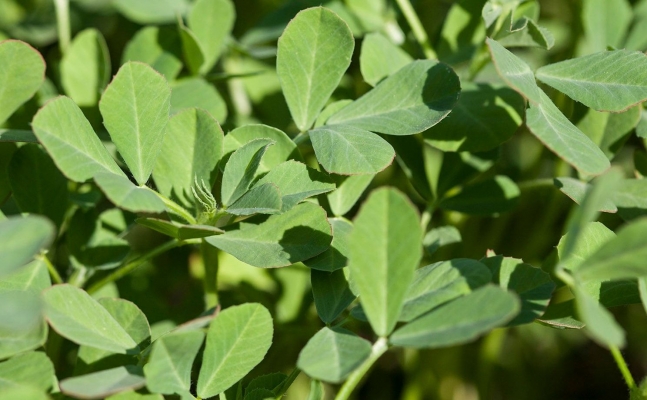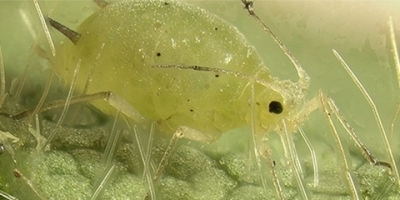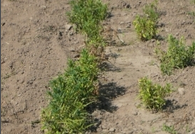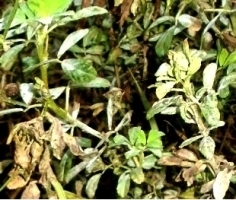General Information
Fenugreek is native of south Europe. It is also known as Methi. In Asia, its leaves are used for vegetable purpose and its seed are used for flavoring purpose. Tea prepared from crushed seeds has medicinal value. Fenugreek helps to reduce blood sugar and cholesterol. It is a rich source of Vitamin A and C. It is also used for fodder purpose. In India, Rajasthan is major fenugreek growing state and contribute about 83% of total fenugreek production. Other major fenugreek producing states are, Madhya Pradesh, Tamil Nadu, Rajasthan, Gujarat, Uttar Pradesh and Punjab.














